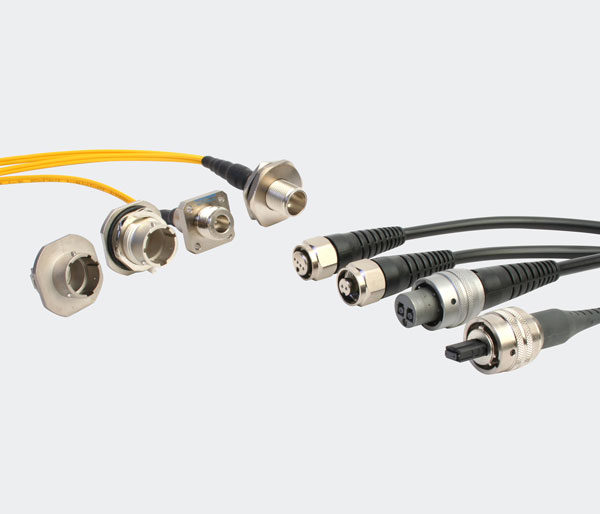For many companies in the communications industry, the second quarter of 2020 is very competitive. The overall market has a very strong demand for optics, especially in the cloud data center and 5G deployment areas. However, the outlook for the third quarter is not so bright. The first influence factor is that some companies that performed well in the second quarter (especially Cisco and Ciena) expect sales revenue to decline in the third quarter.
In Ciena’s financial report meeting, Gary Smith explained the company’s prospects in this way: “Three factors have caused the slowdown in the second half of the year. The first is the advancement of orders (completed Q3 orders in Q2). Many of our carrier customers have placed orders through stocking to ensure continuity of supply, so our orders in the second quarter are very competitive. Second, network operators usually do not prioritize the adoption of new technologies, they focus on keeping the network running. Third, some corporate customers in the industries like retail, transportation, hotels and restaurants have indeed been severely affected by the epidemic, which has already begun to affect the economic outlook. Therefore, the overall outlook for the second half of 2020 will be determined by these three factors.”
Another influence factor for the third quarter is the upgrading of Sino-US relations. The trade war and the US ban on the sale of semiconductors to Huawei may severely affect China’s 5G deployment in Q3, thereby affecting the demand for front-haul transceivers.
China has always been a leader in 5G deployment, and China Mobile and China Telecom/China Unicom plan to jointly deploy more than 500,000 base stations in 2020. As the US government banned the sale of semiconductors produced by American equipment to Huawei, the company purchased all the semiconductors that could be purchased and established inventory to continue to produce base stations for a period of time. But now, production seems to be gradually halting, leading to the cessation of 5G deployment by mobile operators. As a result, orders from Chinese suppliers that supply 10G and 25G optical transceivers for front-haul have dropped sharply in the third quarter. Many companies’ revenues in the second quarter of 2020 hit a record high, an increase of about 50% year-on-year. Given the bleak outlook for the rest of 2020, new records may not appear until 2021.
At the recent China Optical Network Conference, LightCounting interviewed Chinese service providers and they remained optimistic about the situation of Huawei. They hope the company can find other parts suppliers and resume base station production in 2021. It is estimated that China will deploy more than 600,000 base stations next year.
The latest series of restrictions on Huawei announced by the US government two or three weeks ago may have a negative impact on a wider range of parts suppliers. The new restrictions have brought a lot of confusion, and suppliers are still trying to clarify what these restrictions mean for their business.
Although the coronavirus pandemic will continue to go into the third quarter or even the fourth quarter, LC believes that the communications industry will survive the storm without major damage. A vaccine against COVID-19 is coming and will bring the world back to normal sometime in 2021. In 2020, many factors that promote the growth of Internet traffic-working from home, studying and shopping-will continue to exist after the epidemic is over.
When the wind of change will dispel the second dark cloud over the industry, that is, the “war” of the United States against Huawei, it is much more difficult to predict. This depends at least in part on the outcome of the US presidential election in November. Prior to the policy change (if any), LC expressed no confidence in predicting how much losses and industrial restructuring will cause to the industry.




